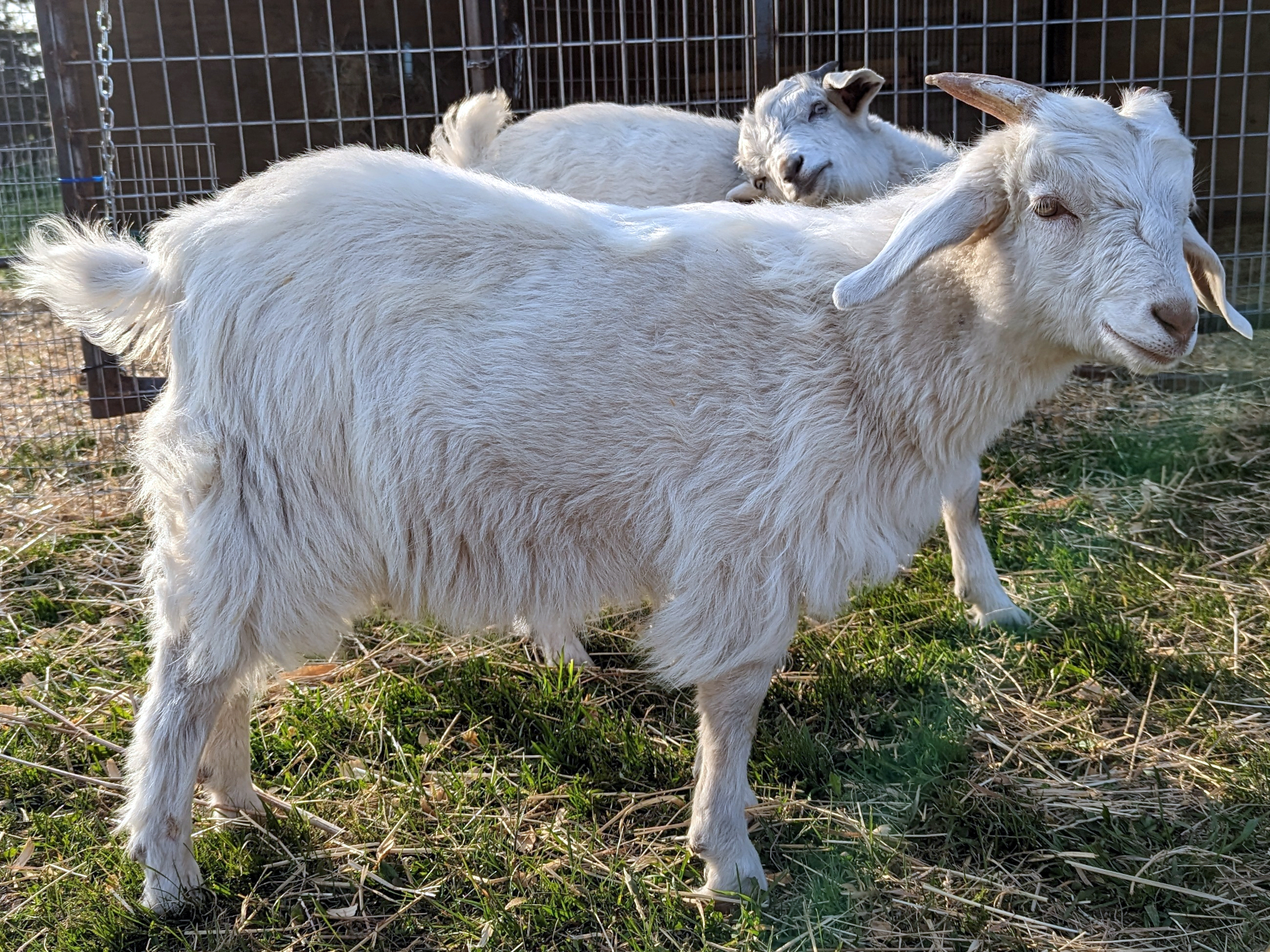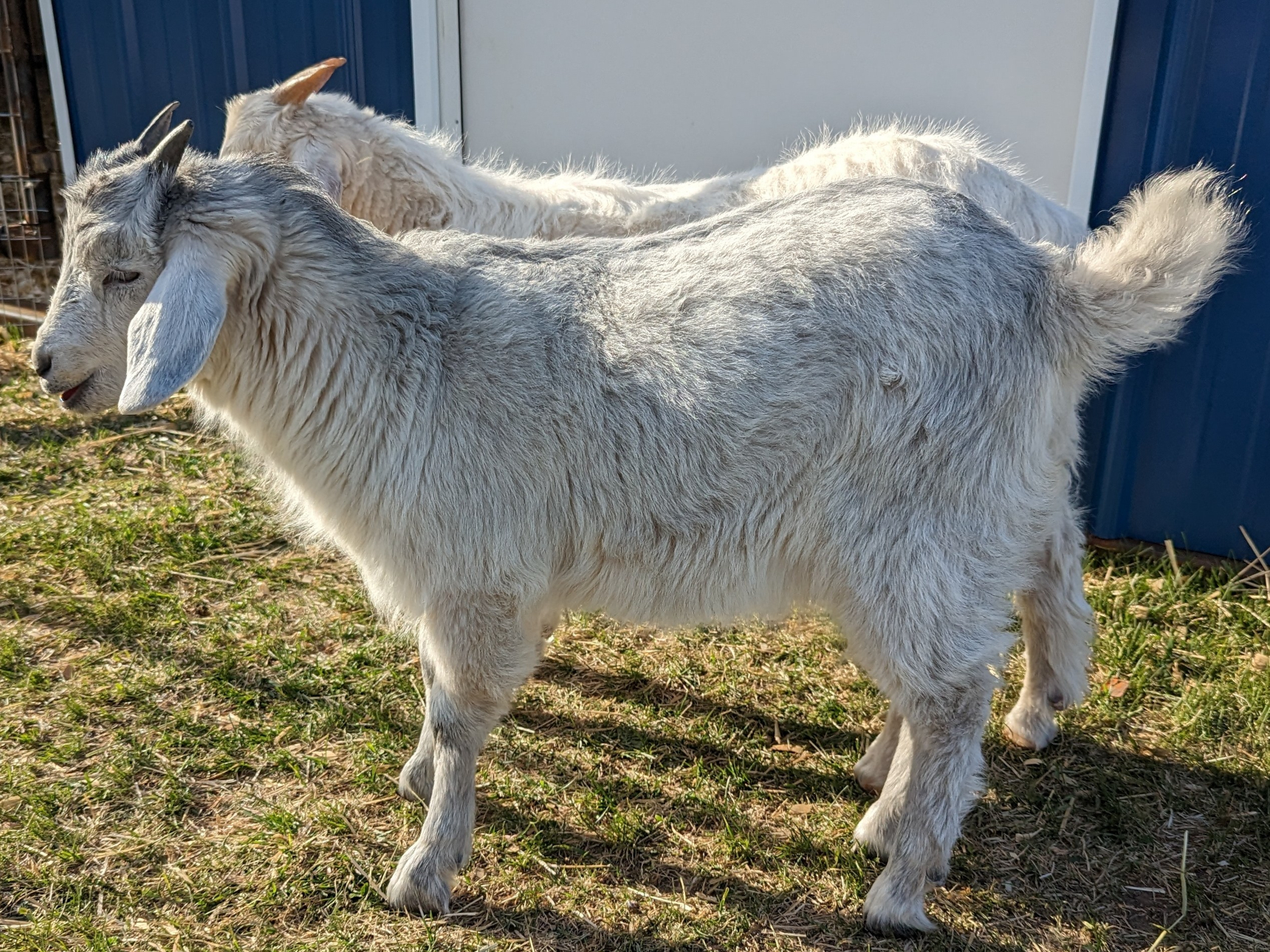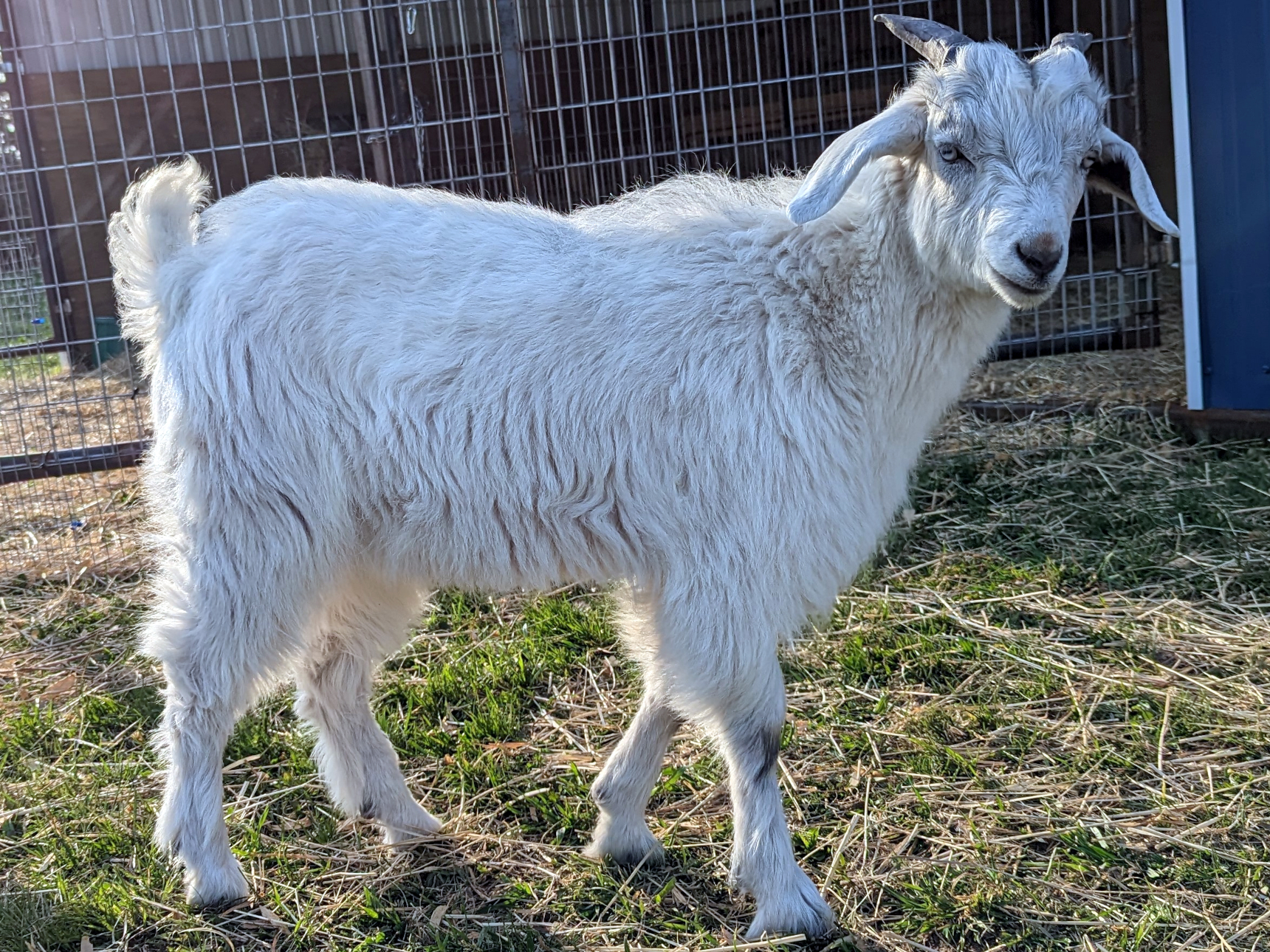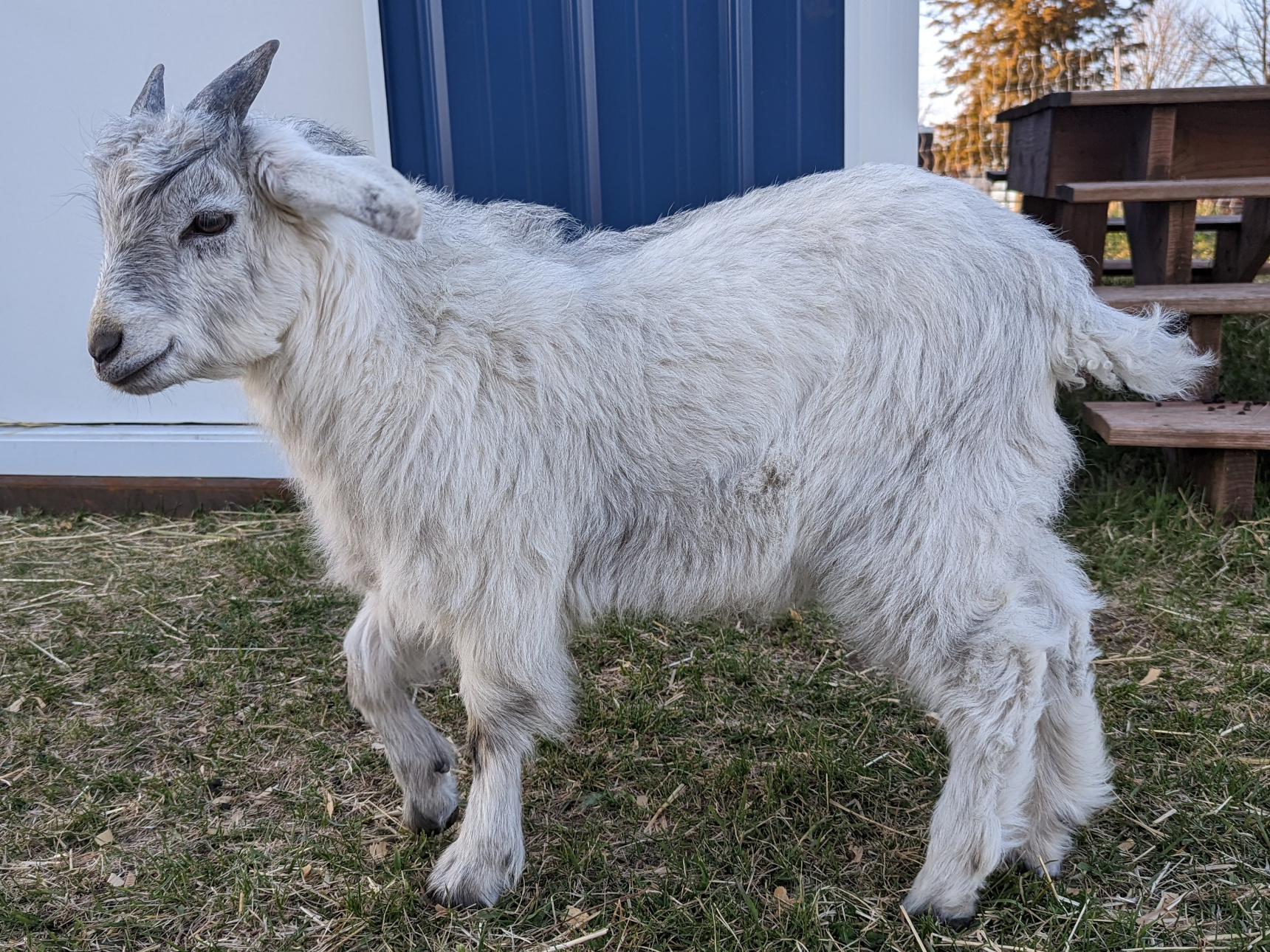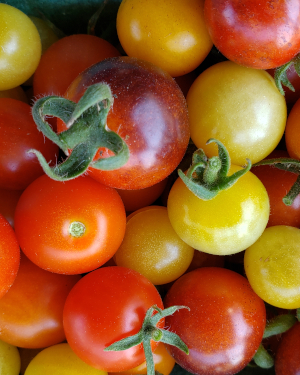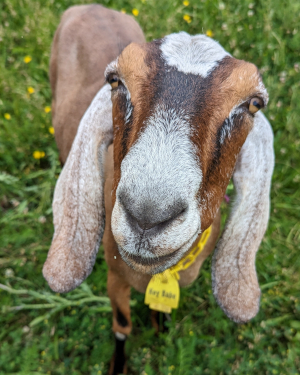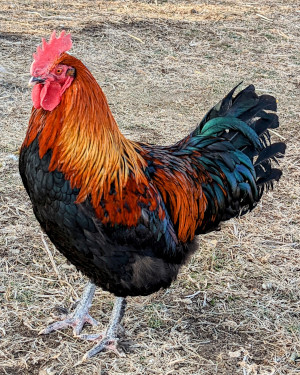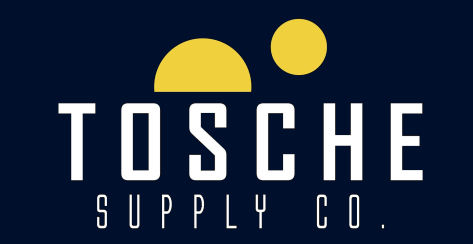|
Check out each of our currently-owned cashmere goats. We brought our first goat kids to the farm in March of 2023. They were all born in January of that same year. It's our intention to breed our doe via AI and begin our own breeding program.
At this time, we have four animals who produce white cashmere. There’s a reason cashmere is so expensive – one goat may only yield 2-8 ounces of fiber per YEAR. Stacy is an avid knitter, and a knit sweater in her size takes between 17-21 ounces of yarn. It could take 3 to 10 goats a full year to grow that much fiber.
Eventually, we’d like to breed some colored goats into our herd and have cream, apricot, chocolate, or gray cashmere to work with. But most of all, we’re focused on breeding for longer and finer fiber, with excellent style, according to the North American Cashmere Goat Breed Standard.
We keep our wethers (castrated males) for their fiber - unlike with dairy goats, even the males that are not kept for breeding have a high degree of value to us. Wethers produce some of the best cashmere, as they don't have reproductive demands on their bodies that might lessen the quality of their fiber. They’re generally larger than does, and produce more fiber.
|


